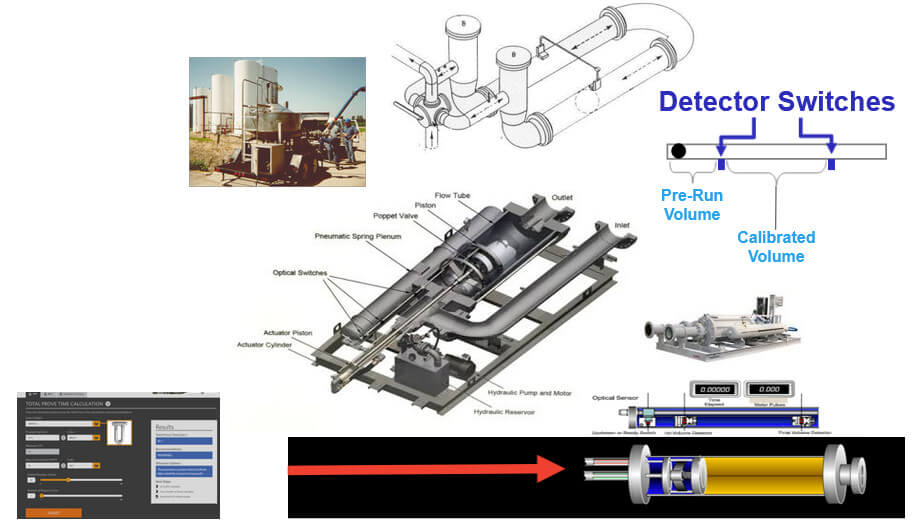Emerson’s Marc Buttler discussed the verification process for Coriolis flow meters using methods such as master meters, proving, lab calibration and secondary verification diagnostics at the Emerson Exchange Americas Virtual Series. Here is his presentation abstract:
One of the most valuable features of a Coriolis meter is that, once it has been properly calibrated, the flow measurement accuracy will remain unchanged indefinitely and over a wide range of conditions. Still, to yield good traceable flow measurement, every meter must be calibrated and/or verified at least once by comparison against a reference standard linked by a continuous chain of traceable measurements back to international standards. Many methods are available to verify a meter, including calibration in a traceable accredited laboratory, in situ meter proving, comparison against a master meter reference standard, or through secondary diagnostics that can verify that the measurement has not been changed by any unexpected damage to the meter since the last comparison to a traceable reference. Each method has pros and cons that will be discussed during this session.
Marc opened by defining some commonly used terms and definitions in verification. Measurement traceability is an unbroken chain of measurements with documented uncertainties back to a common shared standard. Calibration is a measurement comparison made for the purpose of adjusting a meter. Verification is a measurement comparison to confirm the meter is correct. Meter proving is a measurement comparison made with a meter in to determine meter factors. Secondary verification is a measurement without a primary standard to confirm meter accuracy is unchanged.
Micro Motion Coriolis meter factory calibration makes traceable measurements as delivered per ISO17025 accreditation. The variables that calibrated include mass flow, volume flow and density. Custom calibration patterns are available for specific flow rates and application conditions. Factory services are available for periodic verification for meters which have been in service.
He highlighted third-party calibration labs. These are not required for AGA 11 gas measurement applications. In some countries, legal requirements for custody transfer applications require the use of third-party calibration labs.
Third-party liquid calibration labs are typically not required for Coriolis meters. They provide a wide range of pressure and temperature testing including cryogenic for LNG applications and hydrocarbons with different densities.
Field verification in liquid measurement applications is frequently done with meter proving. These provers are either tank (batch based) or dynamic (flowing). Pipes or pistons of a small carefully calibrated volume are used. These provers can be mobile or stationary and prove volumetric- or mass-based flow.
Meter factors of Coriolis meters don’t usually change because these meters have no moving parts to wear and are not affected by changing conditions.
Master meters are a type of prover for liquid applications. Coriolis meters are ideal as master meters because they are stable over changing fluids, stable over changing conditions, stable over time, and can measure mass or volume with the same master meter. They can be mobile or stationary and the master meter batch size is flexible, so repeatability is easy to control. Sizing is only key for flow rate capacity. Marc noted that Emerson offers field calibration and proving services using master meters.
Field calibration for gas measurement application per AGA 11 verification requires four checks—sensor, electronics, temperature (RTD), and meter zero. Smart Meter Verification (SMV) diagnostics address the sensor and electronics checks, temperature can be checked by a comparison with a nearby thermowell, and meter zero with a Meter Zero Verification diagnostic.
Master meters for gas provide comparison at steady-state flow, can be mobile or stationary, may include a gas chromatograph (GC) for proving in standard volume, mass or energy units, and systems for low and high pressure are described in AGA 6.
Visit the Flow Meters for Mass, Volume & Density Measurement section on Emerson.com for more on Coriolis flow meter technology and how verification is performed. Read this article to learn more on controlling critical refining applications with Coriolis meters.


